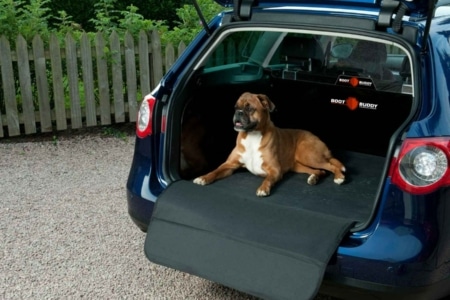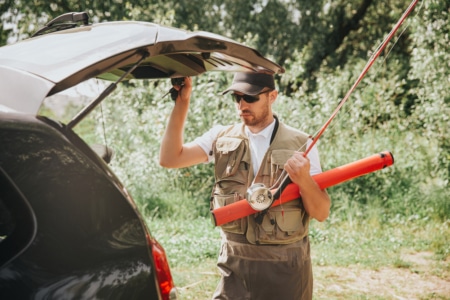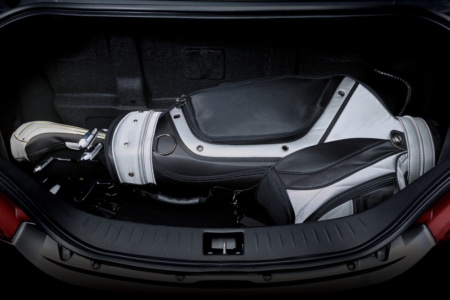How to Transport Your Bike Safely Inside Your Car
Transporting your bike inside your car is a convenient and efficient way to travel with your beloved two-wheeler.
Whether you are heading to a cycling event or planning a weekend getaway to explore new trails, ensuring the safe transport of your bike is crucial.
With the right tools and techniques, you can avoid damage to your bike and your car while keeping the interior clean and organised. In this article, we will explore some tips and guidelines on how to transport your bike safely inside your car, allowing you to enjoy worry-free trips and protect your car.

Advantages of Transporting a Bike Inside Your Car
Compared to other popular ways to transport your bike by car, such as a bike or roof rack, there are several advantages to transporting a bike inside your car:
One of the advantages of transporting a bike inside your car is that it doesn’t incur any extra cost. Unlike bike racks or roof racks which require an additional investment and fitting, placing the bike inside your car doesn’t require any additional equipment. This can be particularly beneficial for individuals who are on a budget or don’t want to spend extra money on bike transportation.
Another advantage of transporting your bike inside the vehicle is the increased safety it provides against theft or vandalism. By keeping the bike inside your car, it is less visible and therefore less likely to be a target for thieves or vandals.
Additionally, transporting your bike inside your car provides protection from the elements. Whether it’s rain, snow, or extreme heat, your bike will be sheltered from any potential damage caused by weather conditions.
A benefit of having your bike inside your car and not on a bike rack is that it doesn’t block car cameras and sensors. This ensures that your vehicle's safety features and functionality remain unaffected. Lastly, transporting your bike inside your car means that you don’t have to worry about it being an obstacle for driving or parking.
Unlike bike racks or roof racks that can obstruct your view or make it difficult to park, having the bike inside your car allows you to drive or park with ease and without any hindrance if it is stowed correctly.
Assessing Your Car's Suitability for Bike Transportation
When it comes to transporting your bike, it's important to assess your car's suitability for the task. The first step in doing so is checking the dimensions and measurements of your car's trunk or cargo space. This will help you determine if your bike can fit inside comfortably without any obstructions.
You should also consider the number of bikes you can fit in your car. If you frequently travel with friends or family members who also ride bikes, you may need to prioritise a vehicle that can accommodate multiple bikes.
It is also helpful to bear in mind the condition of your car's interior before you set off. Bikes can potentially cause damage to the interior of your car, such as scratches or stains. It's important to evaluate whether your car can withstand the potential wear and tear caused by transporting bikes. If you have a newer or more expensive car, you may want to take extra precautions, such as using protective car boot liners or bike covers, to prevent any damage.
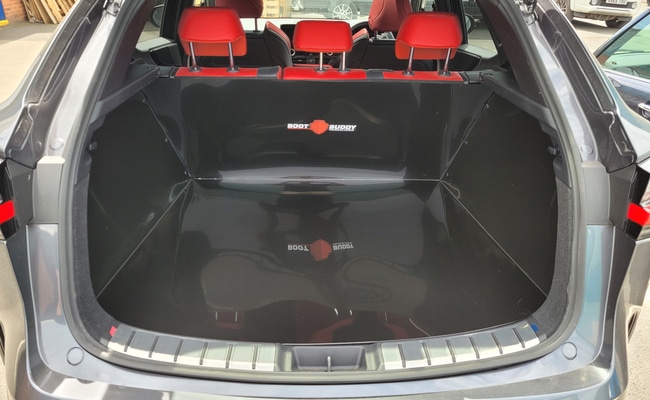
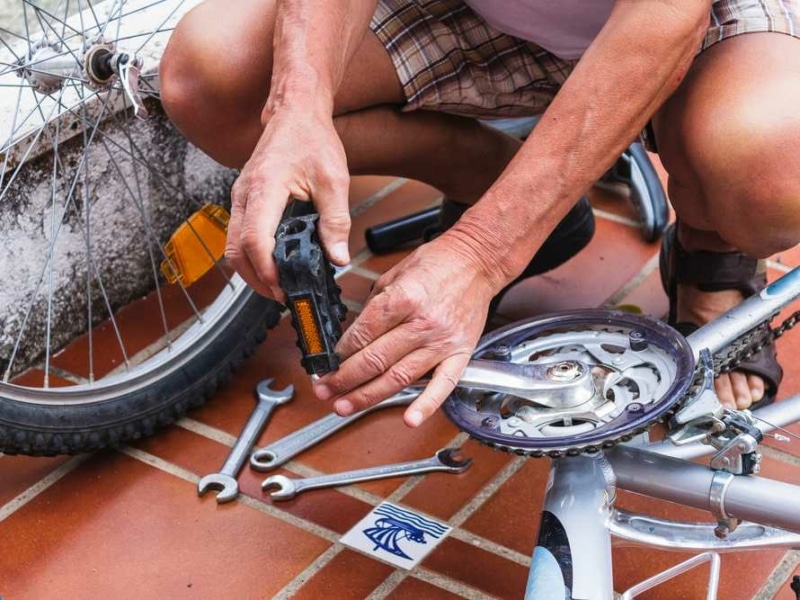
Preparing Your Bike for Transport
When getting ready to transport your bike inside your car, there are a few important steps you should take to ensure a safe and secure journey. The first step is to remove any accessories or loose components from your bike. Accessories such as water bottle holders, saddlebags, or bike computers can easily get damaged or lost during transportation, so it is best to remove them beforehand.
Additionally, loosening certain components can help prevent any unnecessary strain on your bike. For example, loosening the handlebars, pedals, and seat-post can help reduce the risk of damage to both your bike and car from any sudden movements or bumps in the road.
Another important step in preparing your bike for transport is to clean and protect it. Cleaning your bike before transporting it can help prevent any dirt, grime, or debris scratch or damage the frame or other components. Use mild soap and water to gently scrub the bike, and make sure to dry it thoroughly to prevent corrosion.
Protecting your bike with appropriate padding or wrapping can help prevent any scratches or dents during transportation. You can use foam padding or old blankets to wrap around the bike frame and secure it in place. Taking these steps to prepare your bike for transport inside your car will help ensure a safe and damage-free journey for your beloved two-wheeler.
How to Fit a Bike Inside a Car
When it comes to fitting a bike inside your car, there are a few key steps to follow in order to ensure a smooth and safe process. First, it's important to clear enough space in your car by removing any obstacles such as car seats or loose items. This will provide you with enough room to fit the bike without any obstructions.
Once you have cleared the space, the next step is to determine the best position or orientation for the bike. This will depend on the size and shape of your car, as well as the bike itself. It may be necessary to remove the front wheel or adjust the handlebars to create a more compact fit.
Finally, it's time to safely lift and place the bike inside the car. To fit a bike inside a car, start by adjusting the gears on the bike. Set the gears on the smallest chainring and sprocket, as this will make it easier to handle and manoeuvre the bike. It's crucial to use proper lifting technique and avoid any awkward or strained positions. Utilise your legs and core muscles to lift the bike, while keeping your back straight and using your arms to guide the bike into the car. Be cautious of any sharp edges or delicate parts that could potentially catch the interior of your car.
Securing the Bike for Safe Transportation
When it comes to transporting a bike inside your car, securing it properly is crucial for both safety and preventing any damage. In most cases, a quality rubber boot mat will be enough to prevent the bike sliding, but if your bike is moving around excessively, straps or bungee cords may be needed to secure the bike. These can be attached to the car's interior, such as the headrests or handles, providing stability during the journey.
It is also helpful to avoid any direct contact between the bike and the car's interior. This can be achieved by using protective covers or blankets to act as a barrier, but for regular cyclists, it would be far safer to invest in a robust boot liner.
Can You Fit Two Bikes in a Car Without a Bike Rack?
If you have a sufficiently large vehicle, you can fit two bikes in a car without the need for a bike rack. SUVs, vans, hatchbacks, and even some larger sedans may carry multiple bikes by folding down the rear seats or removing them completely.
Stacking the bikes safely and securely is crucial to avoid any damage to the bikes or the car's interior. Start by removing the front wheels and turning the handlebars sideways to create a more compact shape. You could potentially place one bicycle in the trunk area and the other in the backseat, ensuring that both are aligned properly to avoid any potential scratching or shifting during transportation.
Final Tips For Transporting a Bike Inside a Car
Transporting a bike inside a car can be a convenient way to move your bicycle from one place to another, but it's crucial to be mindful of potential damage to your car. It's a good idea to use a boot liner built or other accessories such as a bumper guard protect both your car and your bicycle.
It's essential to adhere to traffic laws and regulations when transporting a bike inside a car. Ensure that the bike does not exceed the maximum weight limit set by the car manufacturer and doesn't obstruct any mirrors or windows. By following these simple tips, you can transport your bike inside your car safely and without any damage.

